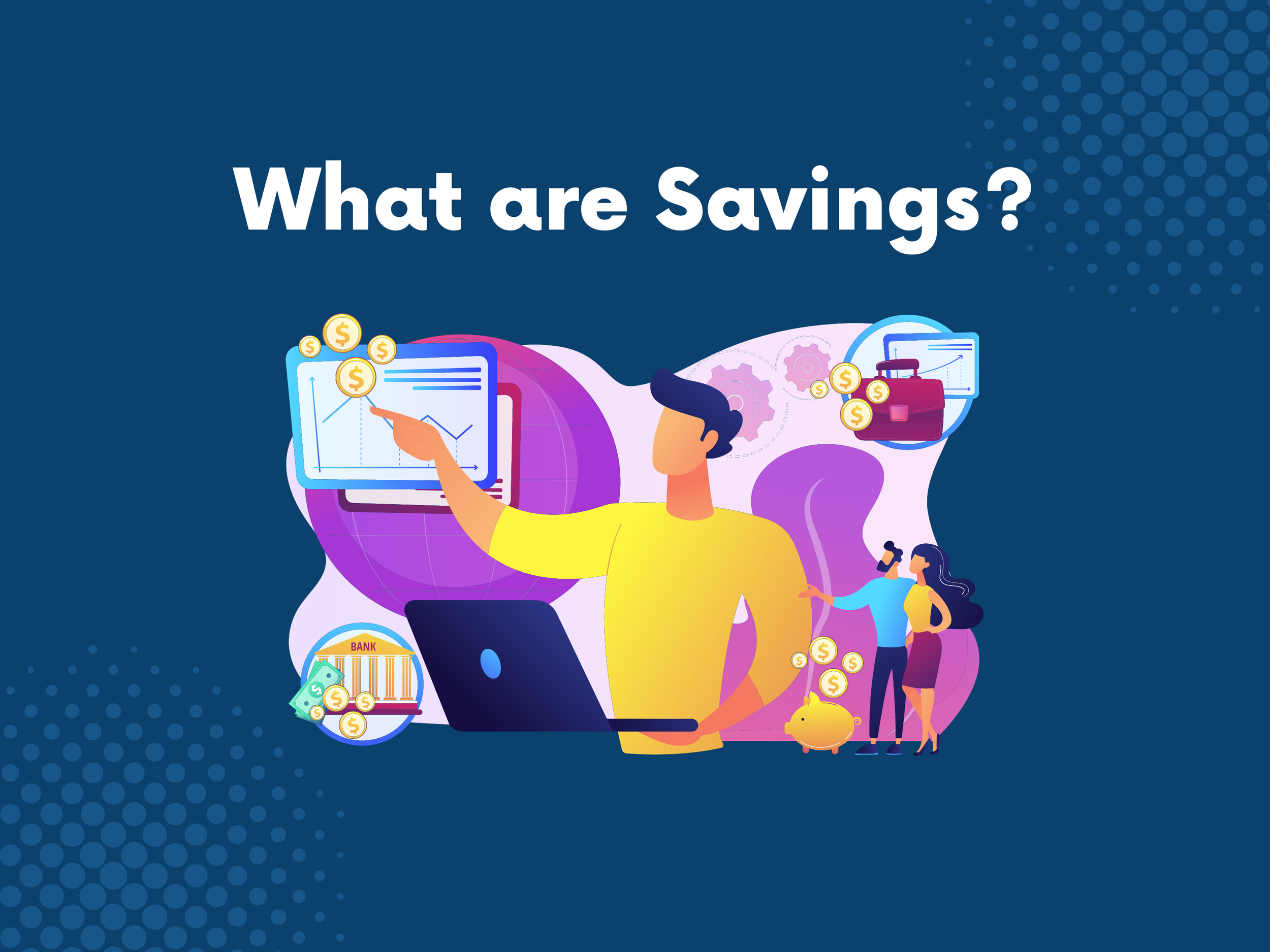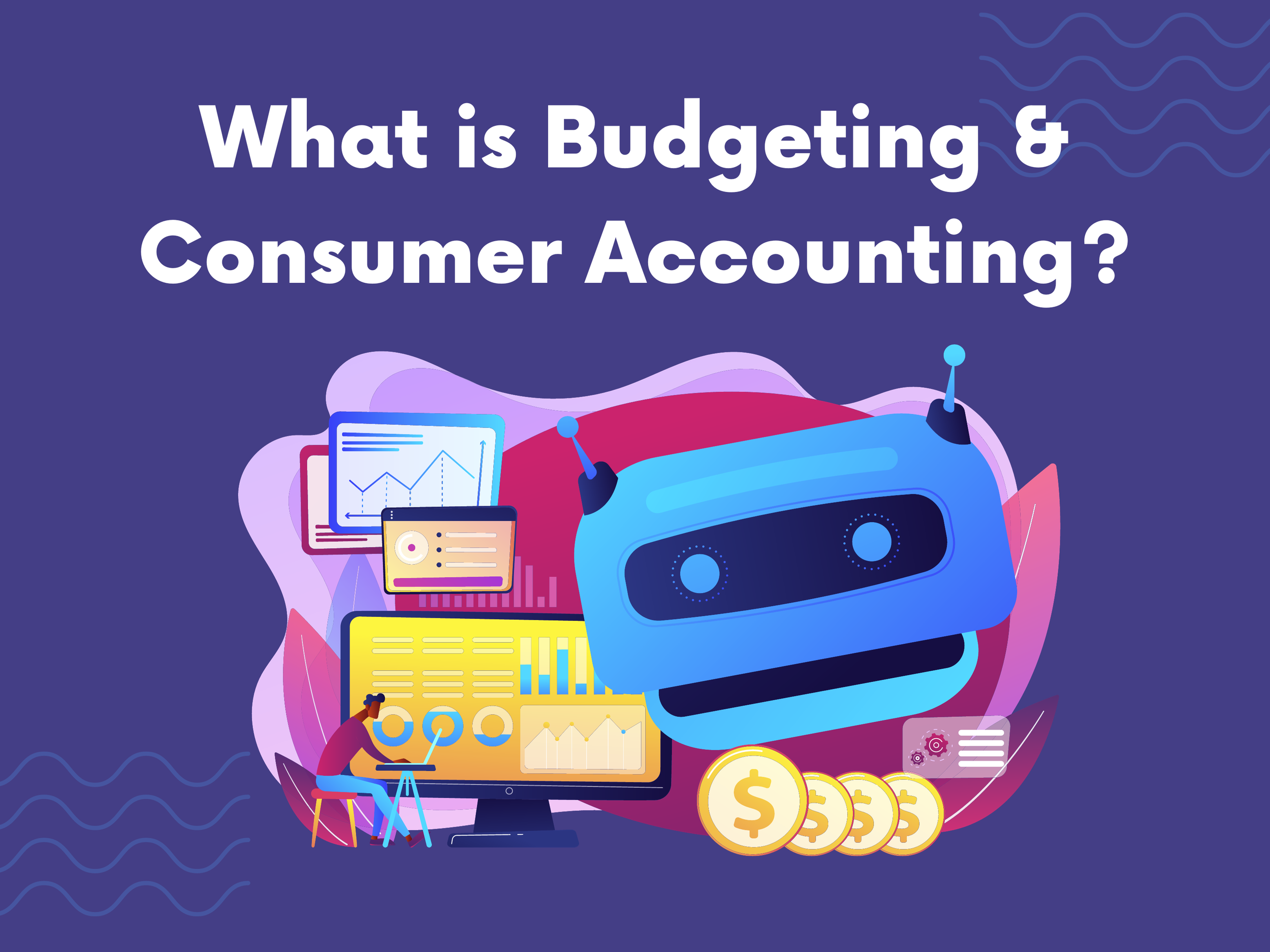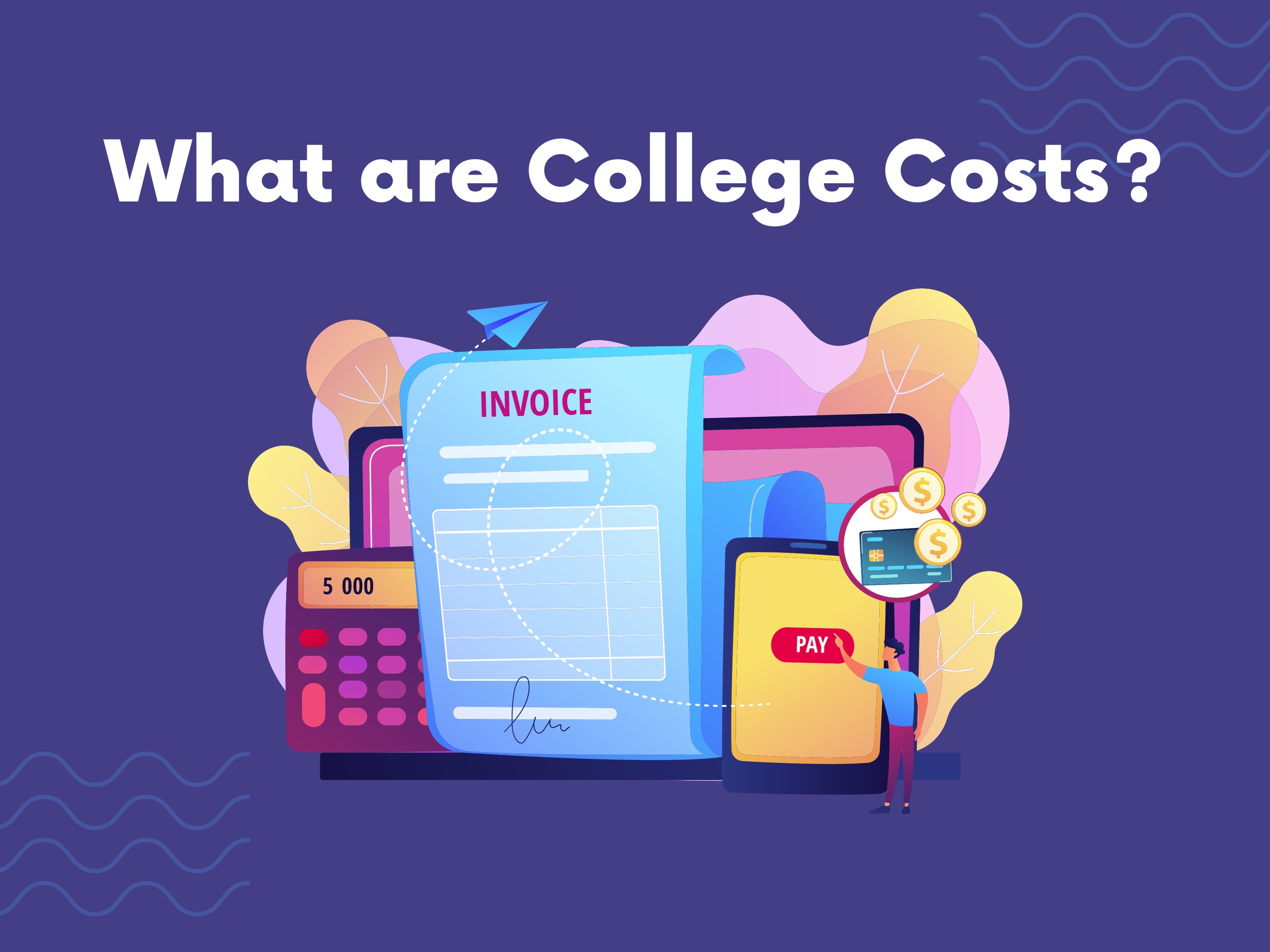
TEACH THE CURRICULUM YOUR STUDENTS WILL NEED AS AN ADULT
Intro to Financial Literacy
A specially designed course written by students, for students, and approved by educators around the world.
This foundational course is designed to empower students with essential knowledge and skills to navigate the complex landscape of personal finance. Students gain insights into budgeting, saving, investing, and making informed financial decisions for a secure and prosperous future.
-
Lesson 1.1: Introduction to Financial Responsibility
Lesson 1.2: Wants vs. Needs
Lesson 1.3: Demonstrating Financial Responsibility
Lesson 1.4: Analyzing Financial Information and Fraud
Lesson 1.5: Consumer Protection Laws
Lesson 1.6: Financial Goal Setting and Consumer Protection
-
Lesson 2.1: Checking Concepts and Features
Lesson 2.2: Pros vs. Cons of a Checking Account
Lesson 2.3: How to Write a Check
Lesson 2.4: Importance of Tracking Checks
Lesson 2.5: Balancing an Account
Lesson 2.6: Overdraft Fees
Lesson 2.7: Online Banking
Lesson 2.8: Banks vs. Credit Unions
-
Lesson 3.1: Details of a Loan
Lesson 3.2: Reasons to Use a Credit Card
Lesson 3.3: Reading a Schumer Box
Lesson 3.4: Choosing a Credit Card
Lesson 3.5: Personal Loan Features and Benefits
Lesson 3.6: Reading and Influencing a Credit Report
-
Lesson 4.1: Understanding the Definition of Saving
Lesson 4.2: Saving Strategies
Lesson 4.3: Deciding Forms of Saving
-
Lesson 5.1: Wants vs. Needs Review
Lesson 5.2: Understanding Wealth
Lesson 5.3: Budgeting Strategies
Lesson 5.4: Gross Pay vs. Net Pay
Lesson 5.5: Freelance/Gig Economy
Lesson 5.6: Household Budget
Lesson 5.7: Transportation Budget
Lesson 5.8: Food Budget
-
Lesson 6.1: Federal Tax Revenues
Lesson 6.2: Tax Systems
Lesson 6.3: Frequent IRS Forms
Lesson 6.4: Specialties Involving Tax
Lesson 6.5: Information Needed to File Taxes
-
Lesson 7.1: Reasons to Invest
Lesson 7.2: Introduction to the Stock Market
Lesson 7.3: Introduction to Stock Security
Lesson 7.4: Types of Stocks
Lesson 7.5: Value of a Company
Lesson 7.6: Reading a Stock
Lesson 7.7: Common Investing Strategies
-
Lesson 8.1: Alternative Investment Options
Lesson 8.2: Introduction to Cryptocurrency
Lesson 8.3: Understanding Cryptocurrencies: Advantages and Disadvantages
Lesson 8.4: Cryptocurrency Risks and Safeguarding Investments
Lesson 8.5: Introduction to NFTs
-
Lesson 9.1: Social Media Influence
Lesson 9.2: Advertisements and Dark Patterns
Lesson 9.3: Comparison Shopping
Lesson 9.4: Scams and Fraud
-
Lesson 10.1: Introduction to Career Pathways
Lesson 10.2: Choosing a Career
Lesson 10.3: Skills Needed in the Workplace
Lesson 10.4: Finding a Job
Lesson 10.5: Drafting a Resume
Lesson 10.6: Building a LinkedIn Profile
Lesson 10.7: Interviewing for a Job
Lesson 10.8: Negotiating Job Terms and Benefits
Lesson 10.9: Starting a New Job
Lesson 10.10: Successes of Having a Job
-
Lesson 11.1: How to Pay for College
Lesson 11.2: Applying for FAFSA: Step-by-Step Guide
Lesson 11.3: Loans vs. Scholarships vs. Grants
Lesson 11.4: Repaying your Student Loans
-
Lesson 12.1: Introduction to Financial Inequality
Lesson 12.2: Gender and Pay Equity
Lesson 12.3: Racial Wealth Gap
Lesson 12.4: Socioeconomic Status (SES) and Access to Resources
Lesson 12.5: Systemic Barriers and Discrimination
Lesson 12.6: Government Policies and Programs
Curriculum for the Classroom
-
12 UNITS
units covering topics such as financial responsibility, budgeting, taxes, investing, consumer skills, career applications, and paying for college.
-
72 LESSONS
diving into specific financial strategies, building credit, spotting scams, interviewing for a job, and applying for college financial aid step-by-step.
-
288 QUIZ
questions (at least) on the online platform with an additional 204 knowledge assessments (released Jan 2024) for the paper supplements.
-
186 PARTS
spanning over all 72 lessons; each lesson contains multiple parts containing text content, interactive graphics, and engaging videos.
-
40 HOURS
(at least) of direct online platform usage when a student uses the Intertwined online platform.
-
5 MONTHS
worth of all material - online and paper; our resources can can be used for a 9-week, semester-long, or year-long course.
Immersive Text Content
Written and diligently researched by the Intertwined team, our text content focuses on what matters most - relevant information. With so many outdated textbooks and online resources seemingly promoting someone else’s product, our unbiased and objective approach immerses students in financial scenarios, ensuring that they’ll learn what they actually need for their financial futures.
Is this plagiarized? NO, Grammarly’s checker has us consistently below 8%, well below the accepted 15% level.
Interactive Graphics
Creatively and colorfully designed graphics highlight key financial topics important for student success. While our generation is notoriously known for a short attention span, Intertwined leverages the online platform to captivate audiences and drive student success.
Engaging Videos
Sometimes, we get tired of reading. With engaging videos embedded throughout the curriculum, students can watch licensed videos from John & Hank Green (yes, the famous brothers), Go Ponder, How S#it Works, and Robert Reich that enhance the financial learning experience.
Scenario Questions
Assessing what students learned, Intertwined’s AI-driven assessments adapt to how each student answers questions. To learn more, click here.

















